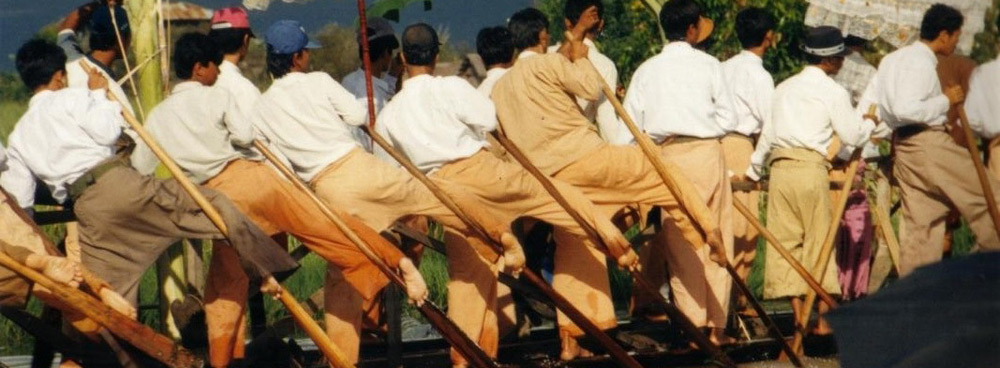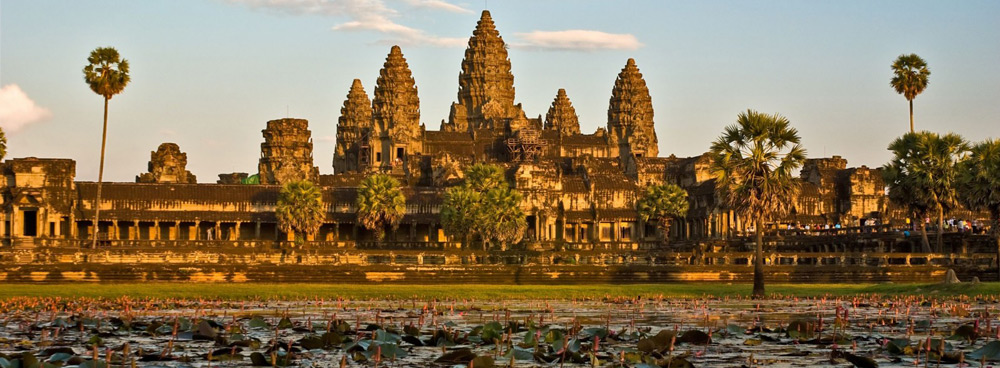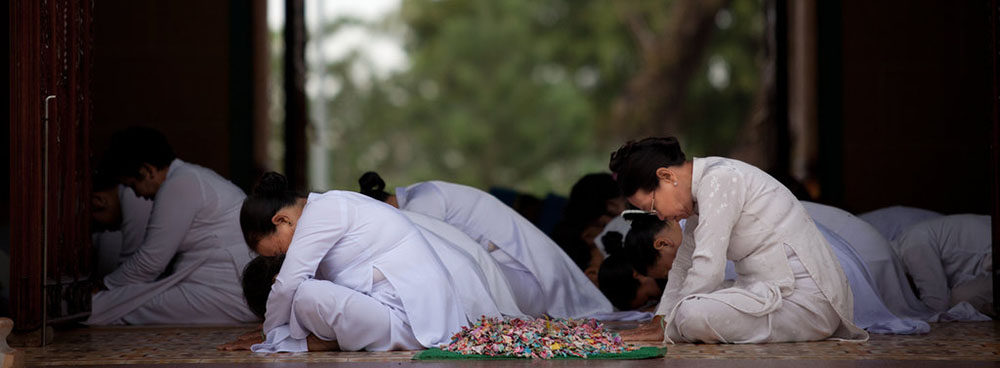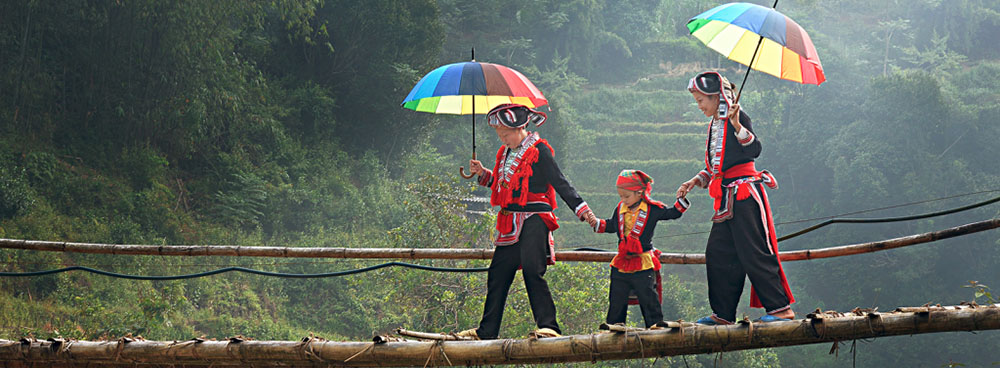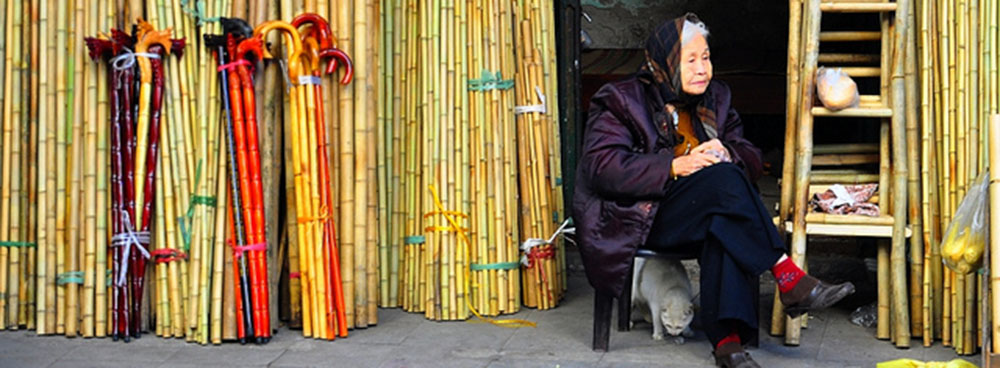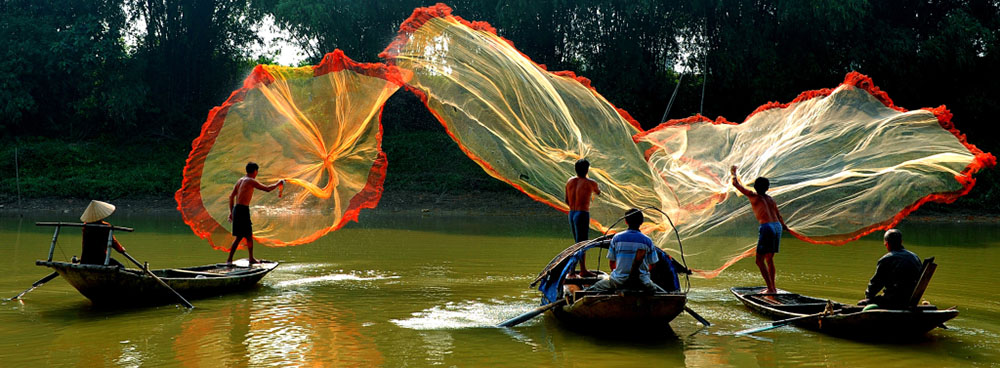Travel News
8 Unique Intangible Cultural Heritages of Vietnam
Tangible cultural heritage consists of material products with historical, cultural or scientific value, including historical-cultural sites, scenic landscapes, relics, antiquities and national treasures. Until now, 8 intangible cultural heritages of Vietnam with unique values were recognized by UNESCO.
Hue's royal court music
Hue’s royal court music developed during the Le dynasty (1427-1788) and became highly institutionalized and codified under the Nguyen monarchs (1802-1945). The music features music for dance and opera, used in worshiping ceremonies, national court – organized festivities, and occasions of entertainment for Kings and Royal families. The music is a unique form of art performance that receives high appreciation as its artistic and historical values. UNESCO has recognized the Hue royal Court Music as a “Masterpieces of the Oral and Intangible Heritage of Humanity” in 2003.
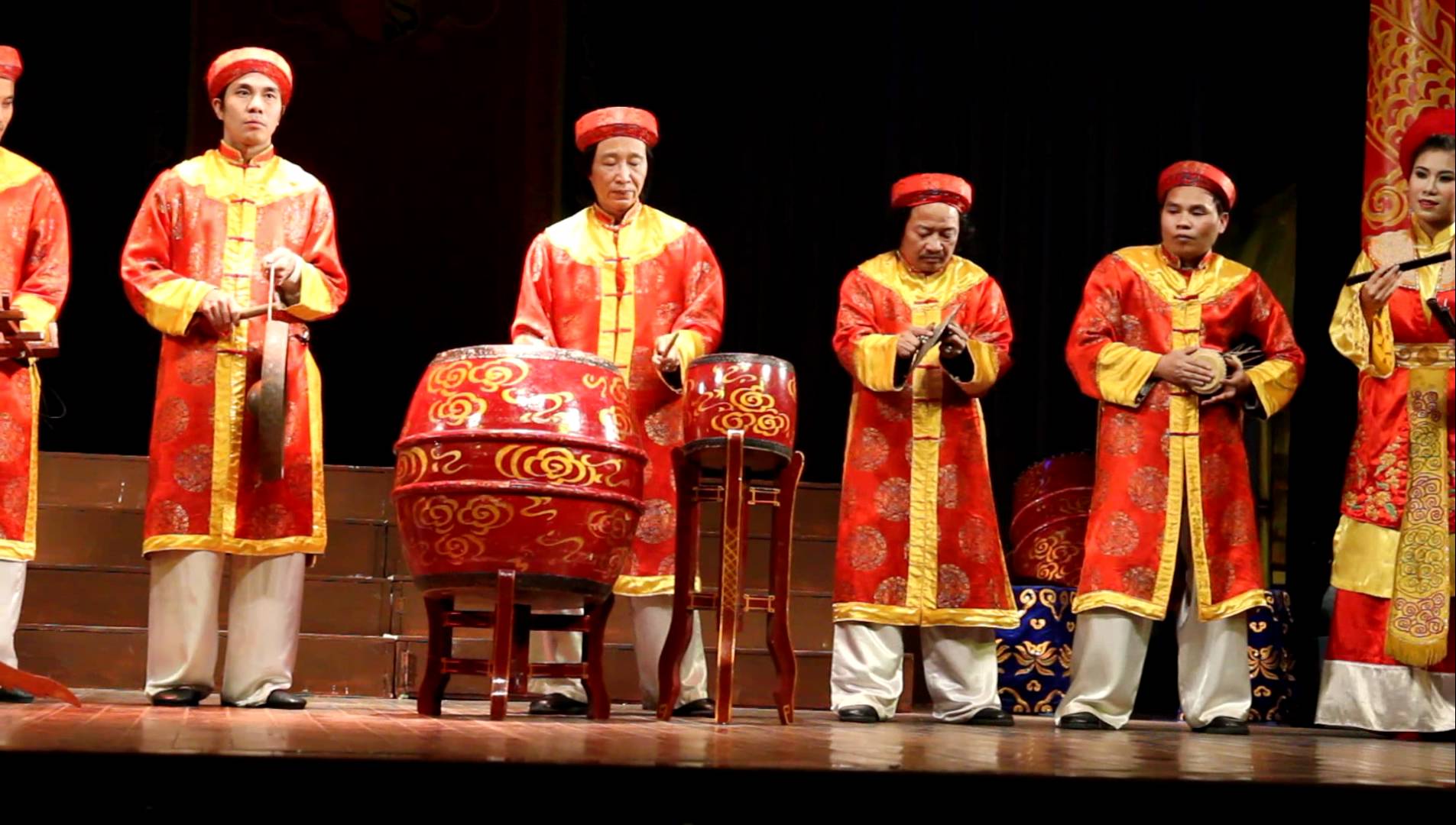
The Space of gong culture in Central Highlands
It was recognized by UNESCO in 2005. The cultural space of the Gongs in the central highlands of Vietnam covers provinces and nearly seventeen minority ethnic groups. Now, the gongs have become an attractive and appealing symbol of the culture of the Central Highlands, and the gong performances are activities associated with cultural and spiritual life and beliefs of ethnic people when they are born, grown up and return to the soil.
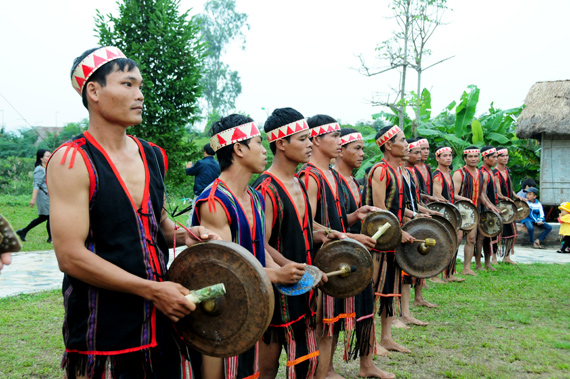
Quan ho - Bac Ninh love duets recognized in 2009
The love duets are among the most well-known social customs appearing widely in the provinces of Bac Ninh and Bac Giang of northern Vietnam. “Quan ho” is an art form that combines various elements, including music, lyrics, costume and a unique style of singing that reflects the close relationship between the singers. Being used to reinforce the relationship between villages, the love duets have a long lasting history expressing a zest for life and the distinctive cultural features of people in the region formerly called Kinh Bac.
Ca Tru - Ceremonial singing
Appearing in 11th century, but it wasn’t until the 13th century, during the Ly Dynasty; Ca Tru was officially recognized as a form of entertainment for the royal court. The singing is an ancient genre of music featuring female vocalists who sing while playing music on bamboo tablets. Ca Tru has become more well-known since it was named in heritages list of List of intangible cultural heritage in need of urgent safeguarding in 2010 and ranked 20th among the world’s most unique vocal methods. Not only the young Vietnamese but also many foreigners are attracted to the unique rhythms and singing method of Ca tru.
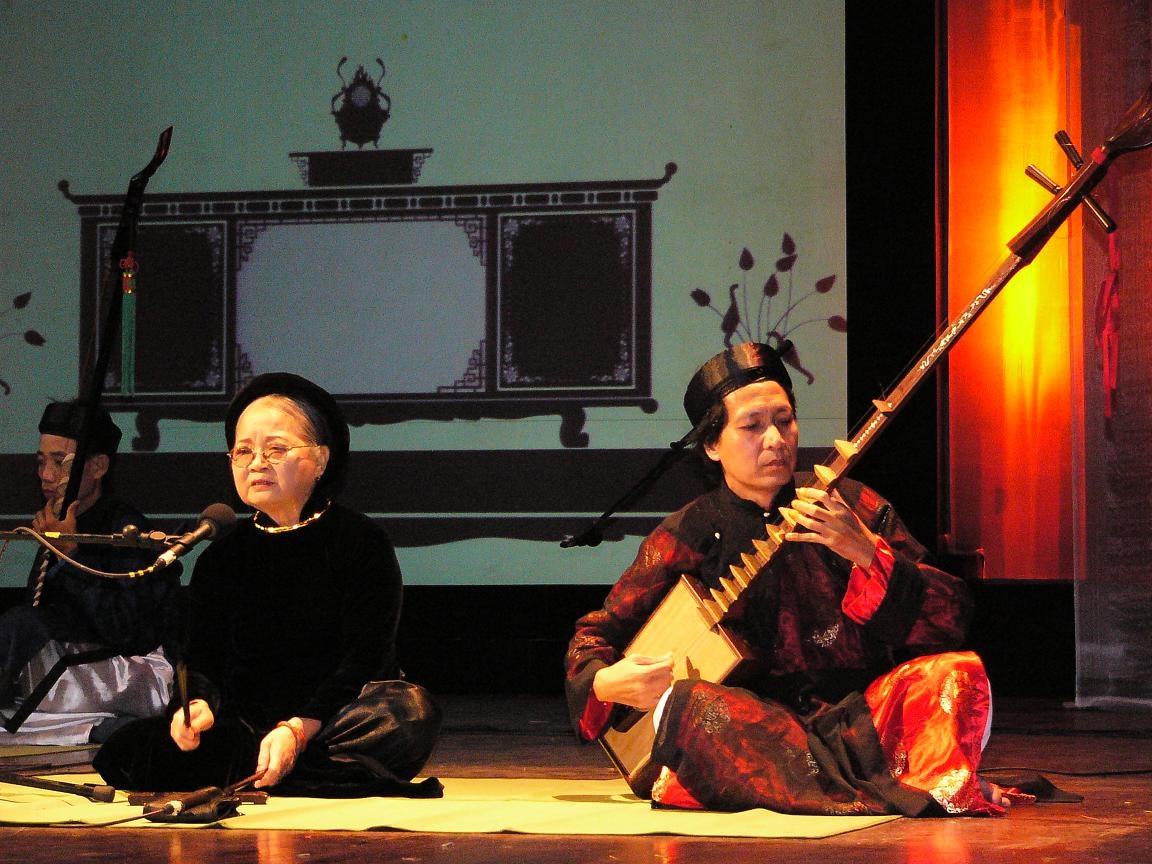
Giong Festival at Phu Dong and Soc temples
The Giong festival of Phu Dong and Soc temples has officially been recognized as an intangible cultural heritage of humanity by the UNESCO since November 2010. CULTURAL LIFE 05/08/2014 22:11 Unique Intangible Cultural Heritages of Vietnam. The festival, taking place at Phu Dong temple in the fourth lunar month in the village of Saint Giong birth, and being held at Soc temple, where Saint Giong ascended to heaven in the first lunar month. The events include the ritual of bathing his statue and a procession of bamboo flowers to the temple as offerings to the saint.
Xoan Singing
Xoan singing in Phu Tho Province is a traditional ritual folk song, attached to a particular creed when worshipping the Hung Kings and by farmers growing wet rice in the midland areas. The singing demonstrates is the community’s cultural features and spiritual factors of the ancient Vietnamese people. Over time, it has become at risk of falling into oblivion due to the negative impact of modern society. Being an invaluable intangible cultural heritage, Xoan singing was recognized as a world intangible cultural heritage that needs urgent protection in 2011.
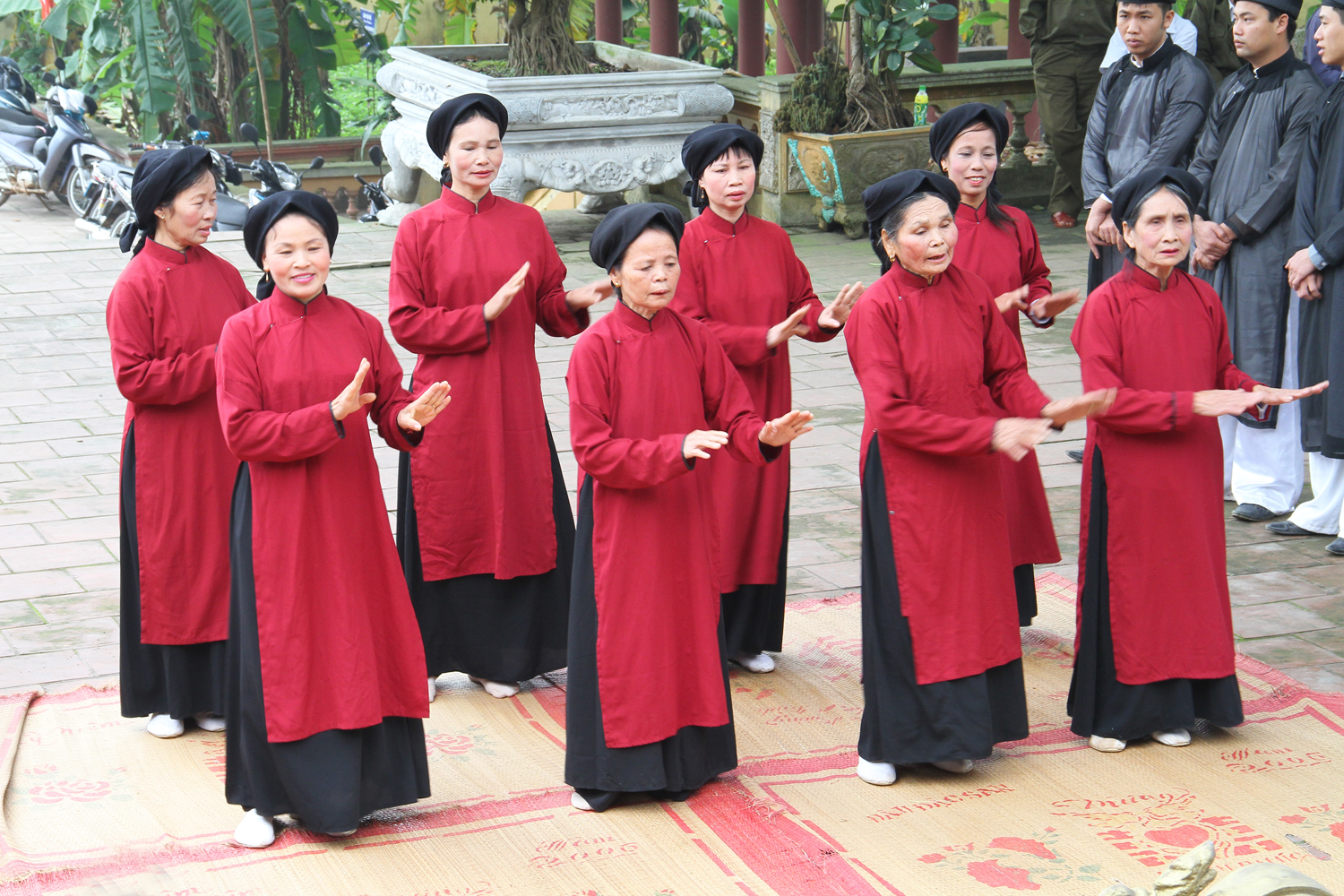
Hung Kings Worship Religion
Annually, the largest ceremony, the Ancestral Anniversary festival of the Hung Kings, is celebrated for about one week at the beginning of the third lunar month. The religion was approved by UNESCO in 2012, shows that the world appreciated highly, and also recognizes the spiritual life of the Vietnamese people; it already has thousands of years.
“Don ca tai tu” southern folk music
“Don ca tai tu” considered one of the country’s main chamber music genres, originated from Hue court music and folk music of the southern region. The genre has been developing since the 19th century, changing with local taste. It thrived in the early 20th century and remains crucial to the country’s traditional culture.
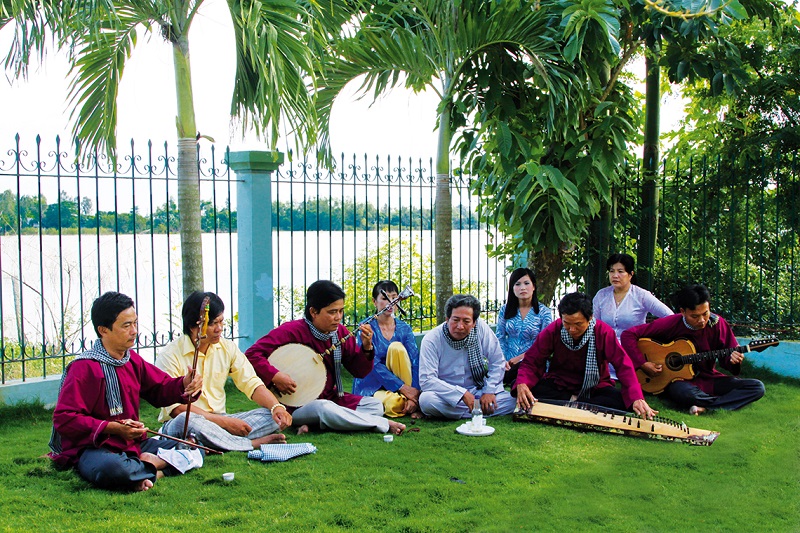
Being named in the List of Intangible Cultural Heritage of Humanity in 2013 by UNESCO,today, “Don ca tai tu” has continuously been popularized through cultural exchanges among peoples, showing their mutual harmony and respect.








